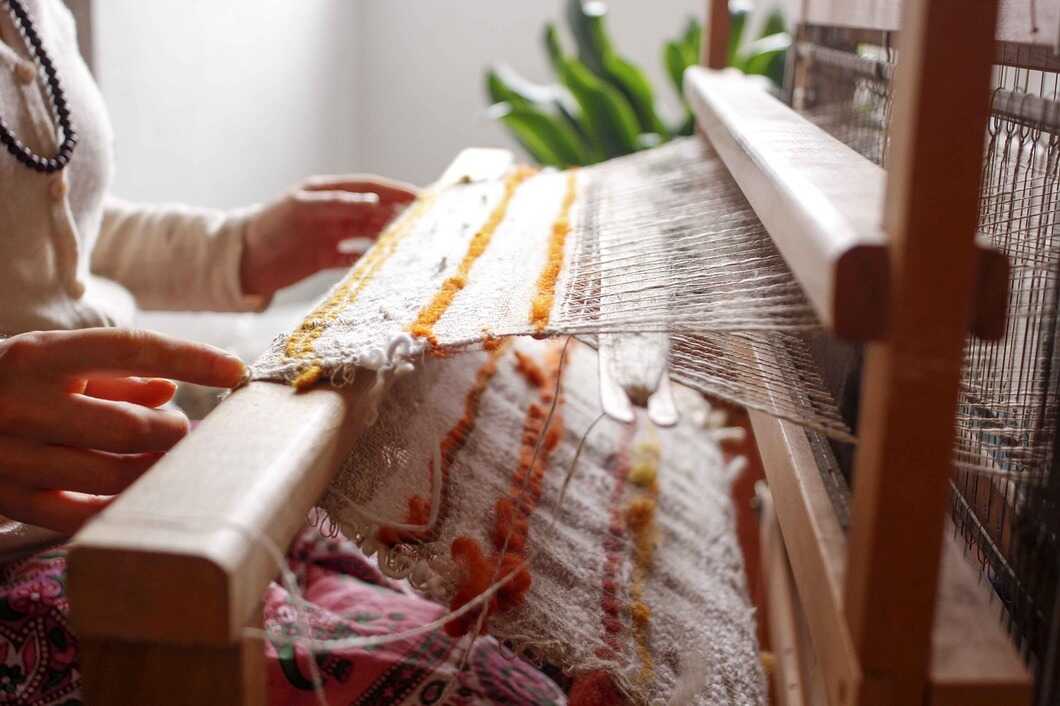7 Crore+ Customers

Affordable Premium

7 Crore+ Customers

Affordable Premium



The penetration level for technical textiles in India varies from 5% to 10% compared to the high level of 30-40% in developed countries. To enhance the usage of these textiles, the Cabinet Committee on Economic Affairs (CCEA) has established a National Technical Textiles Mission in 2020, with a budget of ₹1480 crore.
However, for a successful enrolment under this scheme, one might consider knowing every detail of this scheme. To that end, a skim through this piece can be a good start.
Textile materials that are manufactured for their technical performance and functional properties rather than aesthetic and decorative features fall under the technical textiles category. These products are broadly classified into 12 different categories- Agrotech, Oekotech, Buildtech, Meditech, Geotech, Clothtech, Mobiltech, Hometech, Sportstech,Indutech, Protech, Packtech.
To position India in technical textiles as a global leader, the Ministry of Textiles launched this scheme. The present yearly value of technical textiles is ₹14,000 crore. This mission aims to amp up this figure to ₹20,000 crore by 2021-22. This will ensure 10% yearly export growth on an average till 2023-24.
In this regard, let’s check out how the National Technical Textiles Mission ministry plans to implement this scheme.
The Ministry will implement this mission through a three-tier institutional mechanism consisting of the following groups -
Now that you know how the mission might function let’s see who all are eligible for several posts under this mission.
As of January 2021, the post of senior consultant (data analytics), consultant/specialist (scientific research), and consultants (applications) were available under National Technical Textiles Mission.
Here are the eligibility criteria for such posts -
Same as consultants or specialists for scientific research
Apart from NTTM eligibility, you should also be aware of the mission’s several features.
The mission is deriving its support from the “Make in India” initiative. It plans to develop the technical textiles sector in the following ways:
By following the aforementioned ways, India’s import dependency will decrease, and domestic manufacturing of capital goods will increase.
The four components under this mission are:
Here are some lucrative benefits of this scheme -
Additionally, this scheme will establish an Export Promotion Council for Technical Textiles for proper coordination and promotional activities. The Union Textiles Minister also declared that around 50,000 individuals can get trained under the skill development program of technical textiles. Thus, it is evident that the National Technical Textiles Mission can work towards holistic development of the technical textile sector on a Pan-India basis.